Home>Ideas and Tips>Ghost Heat Infrared Detection For Energy Savings
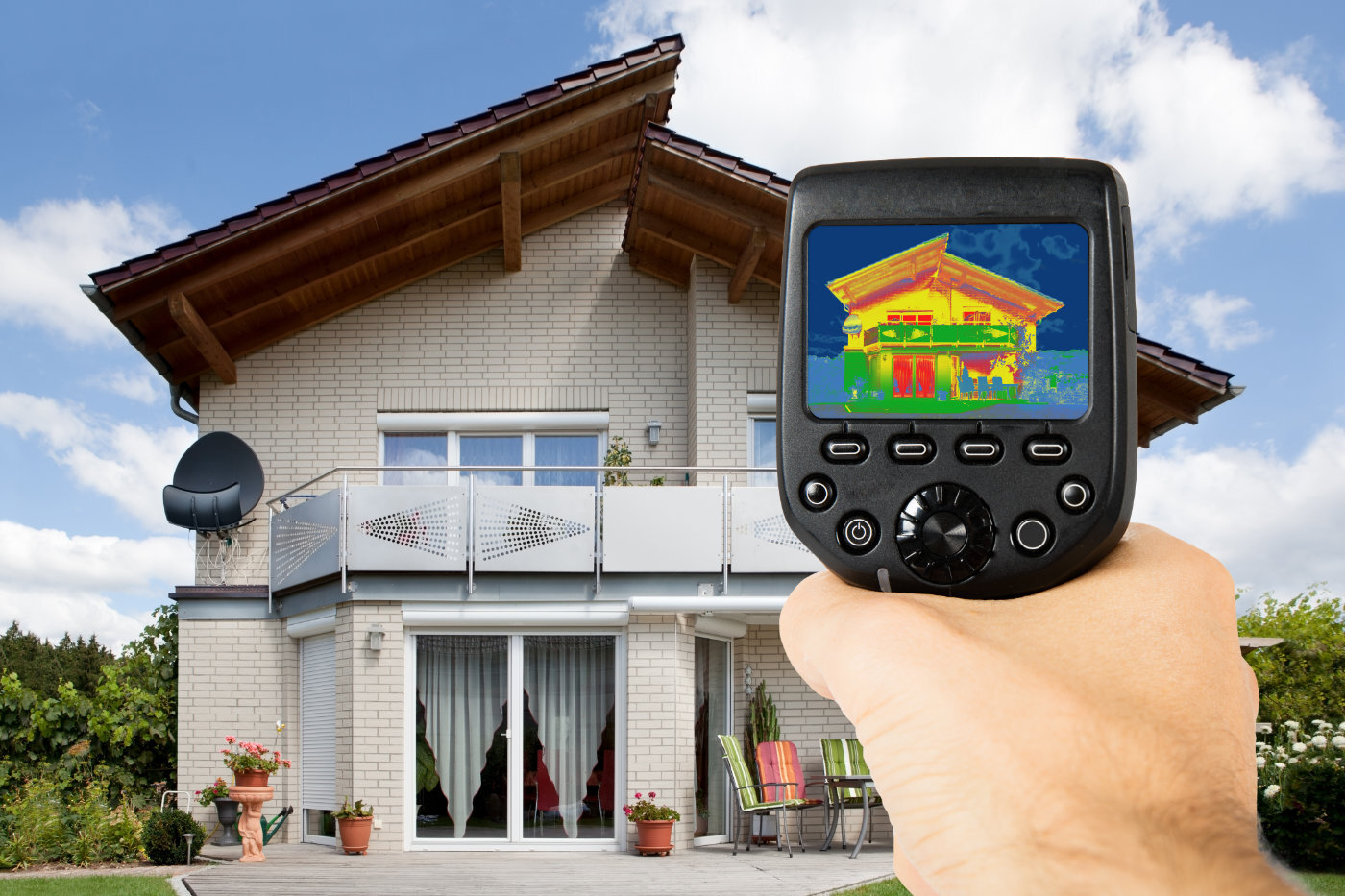

Ideas and Tips
Ghost Heat Infrared Detection For Energy Savings
Published: October 21, 2024
Discover how ghost heat infrared detection can optimize energy consumption, reduce costs, and enhance efficiency in various settings.
(Many of the links in this article redirect to a specific reviewed product. Your purchase of these products through affiliate links helps to generate commission for Storables.com, at no extra cost. Learn more)
In the quest for sustainable energy solutions, innovative technologies are continually being developed to optimize energy consumption. One such technology is the use of thermal imaging cameras, which leverage infrared radiation to detect heat signatures. This article delves into the concept of ghost heat infrared detection, its applications, and how it can contribute to energy savings in various settings.
Understanding Thermal Imaging
Thermal imaging, also known as thermography, is the science of creating images from heat. Every object emits infrared radiation, which is invisible to the human eye but can be detected by specialized sensors. These sensors convert the infrared radiation into an electrical signal that is then processed into a visual image, known as a thermogram. The thermogram represents the temperature distribution of objects in the scene, with warmer objects appearing brighter and cooler objects appearing darker.
How Thermal Cameras Work
Thermal cameras use a microbolometer to detect infrared radiation. The microbolometer is a type of sensor that changes its electrical resistance in response to temperature changes. This resistance change is converted into an electrical signal, which is then processed by the camera's electronics to create an image. The image produced by a thermal camera is not based on visible light but on the heat emitted by objects, making it possible to detect temperature differences even in complete darkness.
Applications of Thermal Imaging
Thermal imaging has a wide range of applications beyond just ghost hunting or paranormal activity. It is commonly used in industries such as construction, manufacturing, and healthcare for various purposes:
-
Building Maintenance: Thermal cameras can detect moisture penetration, missing insulation, and other issues within buildings without the need for invasive inspections. This helps in identifying and addressing problems early on, reducing energy losses and improving overall building efficiency.
-
Industrial Processes: In manufacturing, thermal imaging is used to monitor temperature-sensitive processes. For example, it can detect overheating machinery or equipment, preventing potential failures and ensuring continuous operation.
-
Healthcare: In medical diagnostics, thermal imaging is used to detect temperature anomalies in the body. This can help diagnose conditions such as fever or inflammation. It also has applications in wound healing and tissue analysis.
-
Occupancy Monitoring: Low-cost thermal cameras can be used to monitor occupancy in buildings, which is crucial for energy management. By detecting the presence of people, these cameras can adjust lighting and heating systems accordingly, reducing energy consumption.
Ghost Heat Infrared Detection
The term "ghost heat" refers to the ability of thermal imaging cameras to detect subtle temperature differences that may not be immediately apparent. This concept is particularly relevant in applications where small variations in temperature can indicate significant changes or anomalies.
Thermal Ghost Imaging
Thermal ghost imaging is a technique that uses pseudo-thermal light sources or true thermal light sources to reconstruct images without direct illumination. This method involves using a bucket detector or a point detector to capture the scattered light and reconstruct the image based on the correlation between the illuminating source and the detector.
Pseudo Color Ghost Coding Imaging
A variation of ghost imaging is pseudo color ghost coding imaging, which uses multiwavelength sources modulated by a spatial light modulator. This technique can produce more colorful images with higher quality compared to conventional pseudo color imaging methods. It leverages degenerate wavelength and nondegenerate wavelength spatial correlations between the idle beam and signal beam to achieve better image quality.
Energy Savings through Thermal Imaging
Thermal imaging can significantly contribute to energy savings in various settings by optimizing energy consumption:
-
Smart Buildings: By monitoring occupancy and temperature variations, thermal cameras can adjust HVAC systems to maintain optimal temperatures only when necessary. This reduces energy consumption and improves indoor comfort.
-
Industrial Efficiency: Regular monitoring of industrial processes using thermal imaging can prevent overheating or underheating, ensuring that equipment operates within optimal temperature ranges. This reduces energy waste and prolongs equipment lifespan.
-
Energy Audits: Thermal cameras can be used for energy audits by detecting areas of heat loss or gain within buildings. This information helps in identifying areas that need insulation or other energy-saving measures.
-
Occupancy-Based Lighting: In offices or public spaces, thermal cameras can detect occupancy levels and adjust lighting systems accordingly. This reduces unnecessary lighting consumption during periods of low occupancy.
Challenges and Limitations
While thermal imaging offers numerous benefits, there are some challenges and limitations to consider:
-
Reflection Issues: Smooth surfaces like glass or polished metal can reflect infrared radiation, making it difficult to detect objects behind them.
-
Thick Materials: Thicker materials like concrete or certain plastics can block infrared radiation, limiting the effectiveness of thermal imaging in certain scenarios.
-
Data Interpretation: Interpreting thermal images requires some expertise as small temperature variations can be misleading without proper context. Training and experience are essential for accurate data interpretation.
-
Cost and Accessibility: High-quality thermal cameras can be expensive, limiting their accessibility for some applications. However, advancements in technology are making these devices more affordable and accessible.
Conclusion
Ghost heat infrared detection is a powerful tool for optimizing energy consumption in various settings. By leveraging the ability of thermal imaging cameras to detect subtle temperature differences, we can identify anomalies and optimize energy usage. From smart buildings to industrial processes, thermal imaging offers a range of applications that contribute significantly to energy savings.
As technology continues to evolve, we can expect even more sophisticated methods of thermal imaging that will further enhance our ability to detect and manage heat signatures. The integration of machine learning algorithms with thermal imaging is already showing promising results in improving detection accuracy and clarity, especially in challenging environments like darkness or fog.
In conclusion, ghost heat infrared detection is not just a fascinating concept but a practical solution for achieving sustainable energy management. By embracing this technology and addressing its challenges, we can move closer to a more energy-efficient future.
Practical Tips for Using Thermal Cameras
If you are considering using thermal cameras for energy savings or any other application, here are some practical tips to keep in mind:
-
Familiarize Yourself with the Camera: Before embarking on any project, take the time to understand the operation of your thermal camera. Learn its controls, settings, and features to ensure you can navigate through menus quickly and efficiently.
-
Conduct Baseline Scans: Establish a baseline scan of the area before searching for anomalies. This involves capturing thermal images without any suspected ghostly activity. By doing so, you can identify normal temperature variations and distinguish them from any anomalies that may appear during the investigation.
-
Document and Compare Findings: When conducting investigations with thermal cameras, it is crucial to document your findings. Take detailed notes, capture images or videos, and record any relevant data such as temperature readings. This documentation will help you compare and analyze findings later, providing a more comprehensive perspective on potential anomalies.
-
Collaborate and Share Experiences: Ghost hunting is often a collaborative effort, but these principles apply broadly to any application involving thermal imaging. Collaborate with fellow investigators or colleagues, share your experiences, and compare findings. This collective approach can help validate observations and provide a more objective assessment of the situation.
-
Consider Additional Equipment: While thermal cameras are valuable tools in many applications, they should not be relied upon as the sole means of evidence gathering or data collection. Consider using additional equipment such as EMF meters, digital voice recorders, or motion sensors to capture a broader range of data.
By following these tips and understanding the capabilities and limitations of thermal imaging technology, you can effectively utilize ghost heat infrared detection for achieving significant energy savings in various settings.
Was this page helpful?
At Storables.com, we guarantee accurate and reliable information. Our content, validated by Expert Board Contributors, is crafted following stringent Editorial Policies. We're committed to providing you with well-researched, expert-backed insights for all your informational needs.
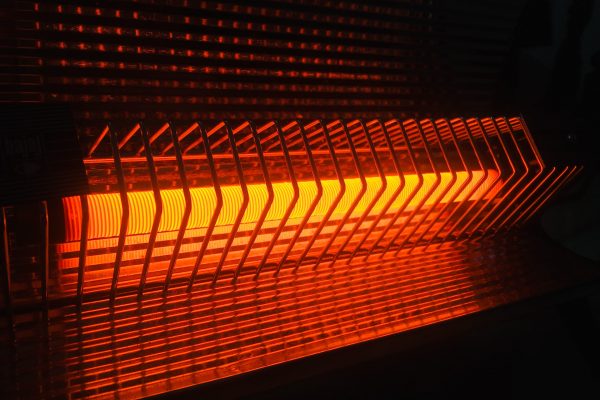
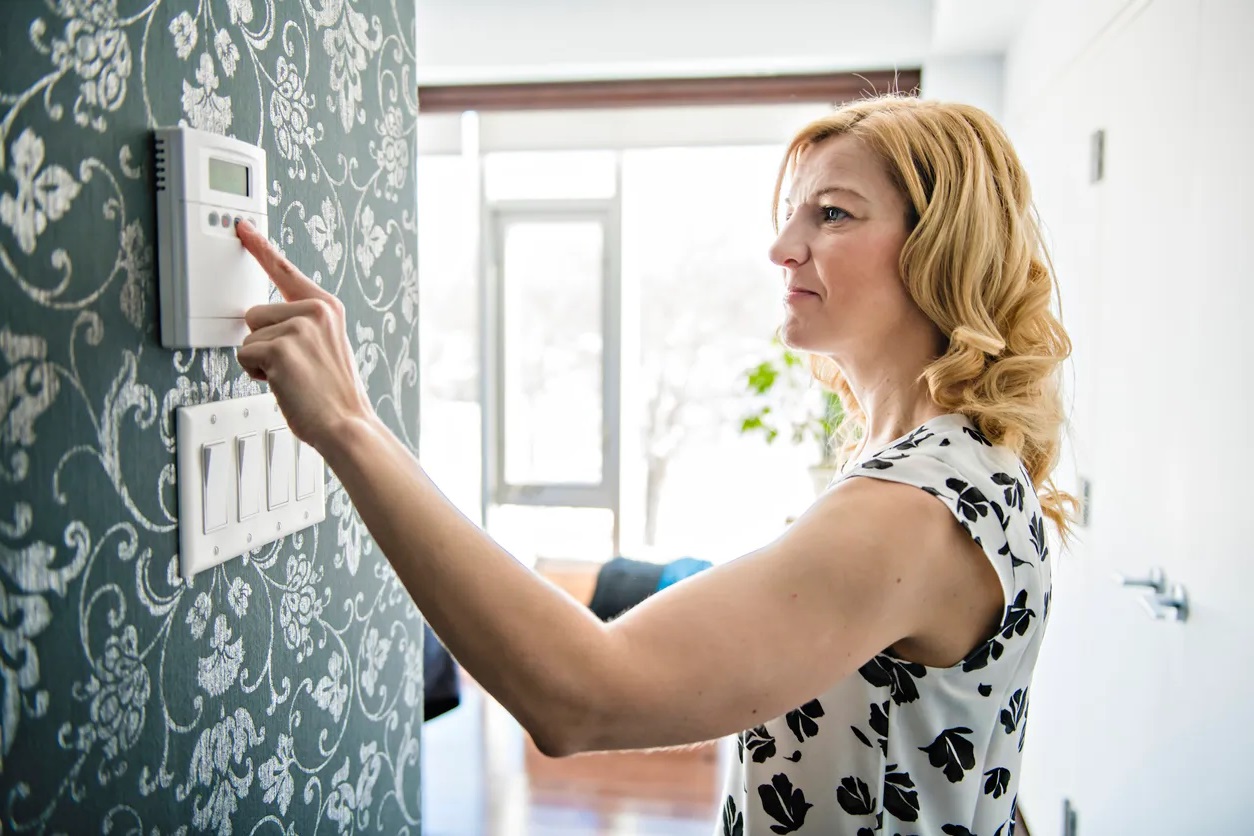

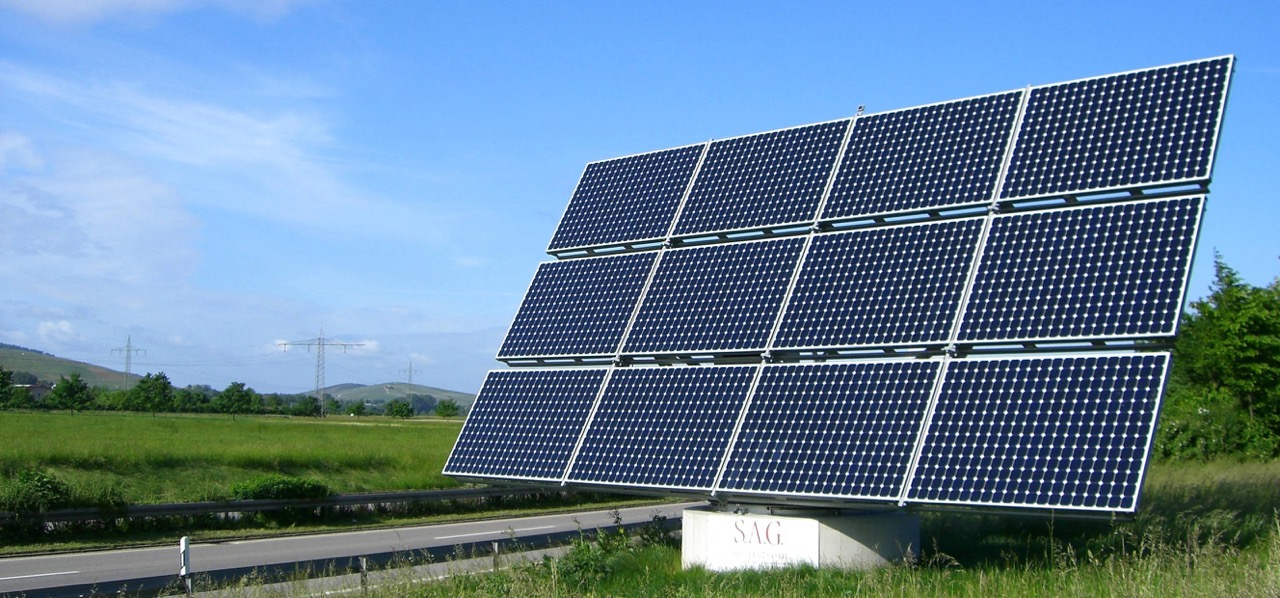
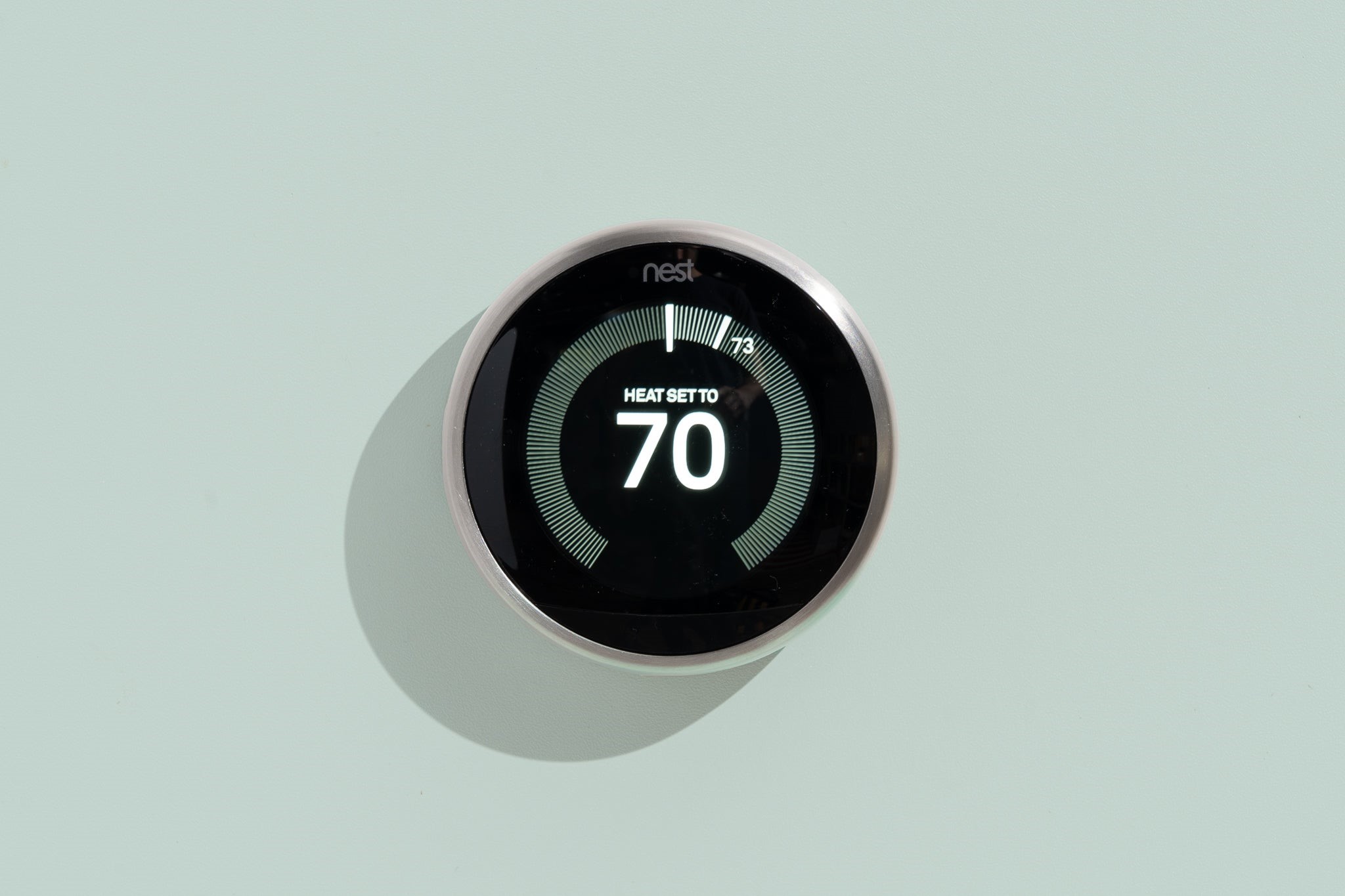
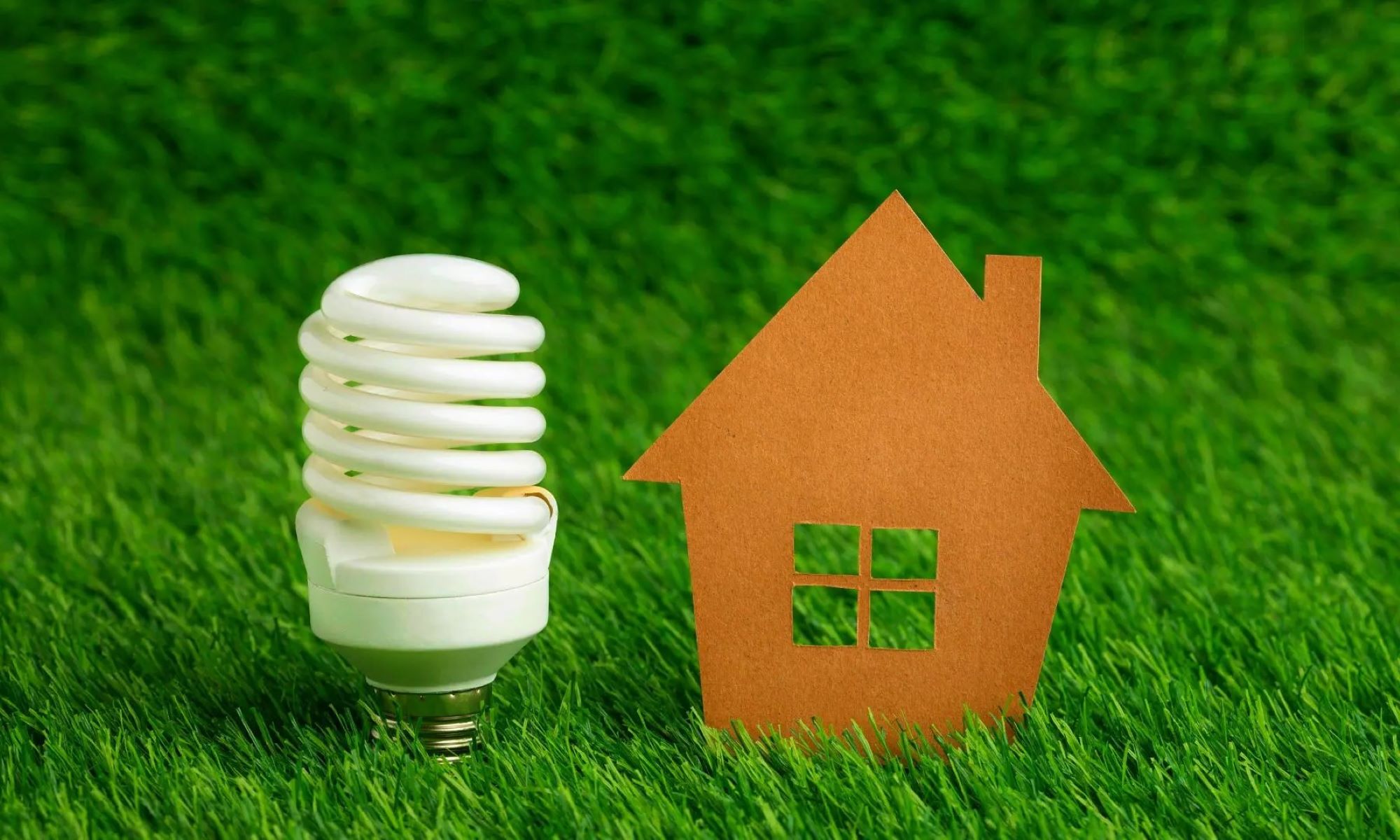
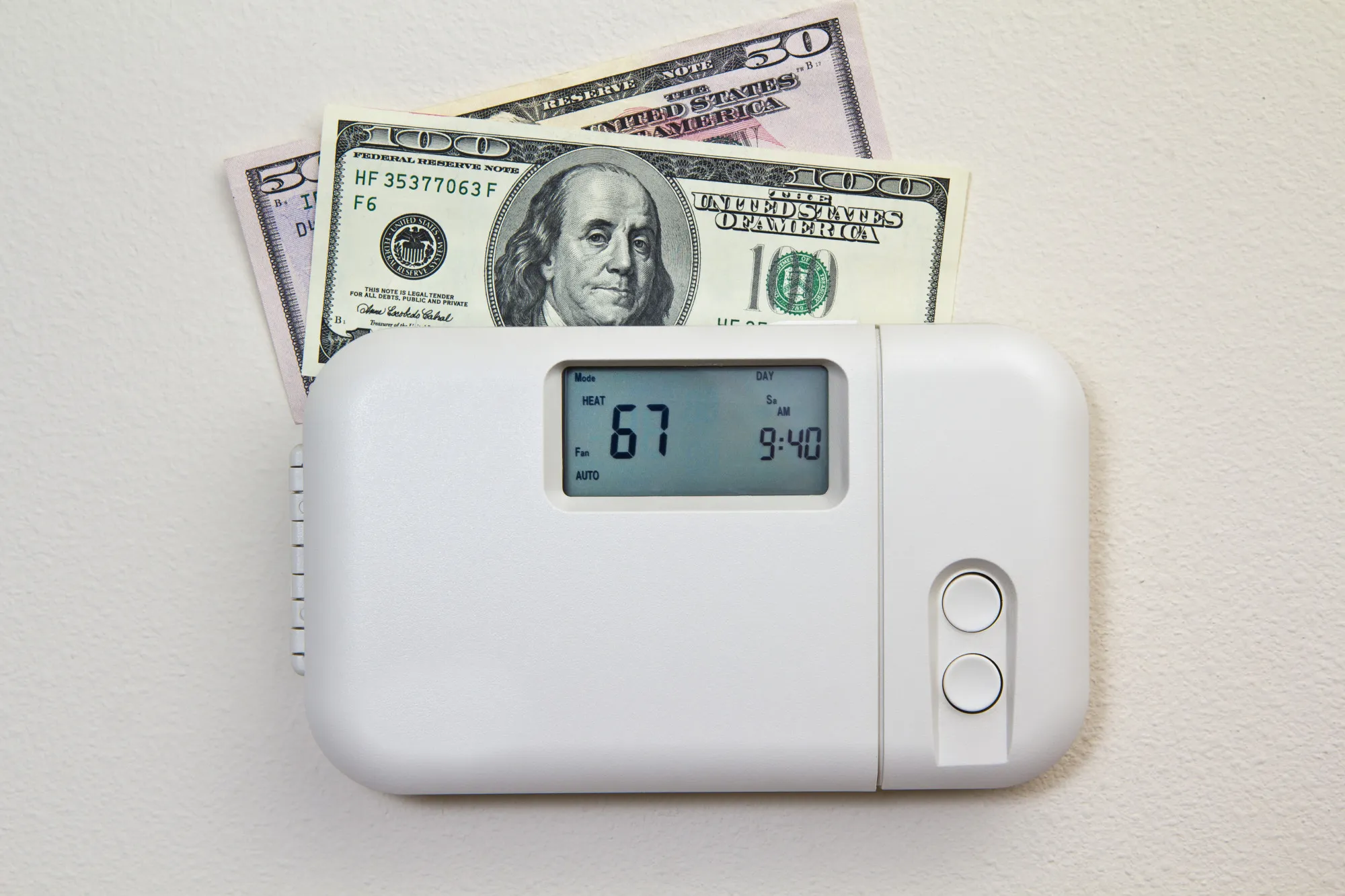
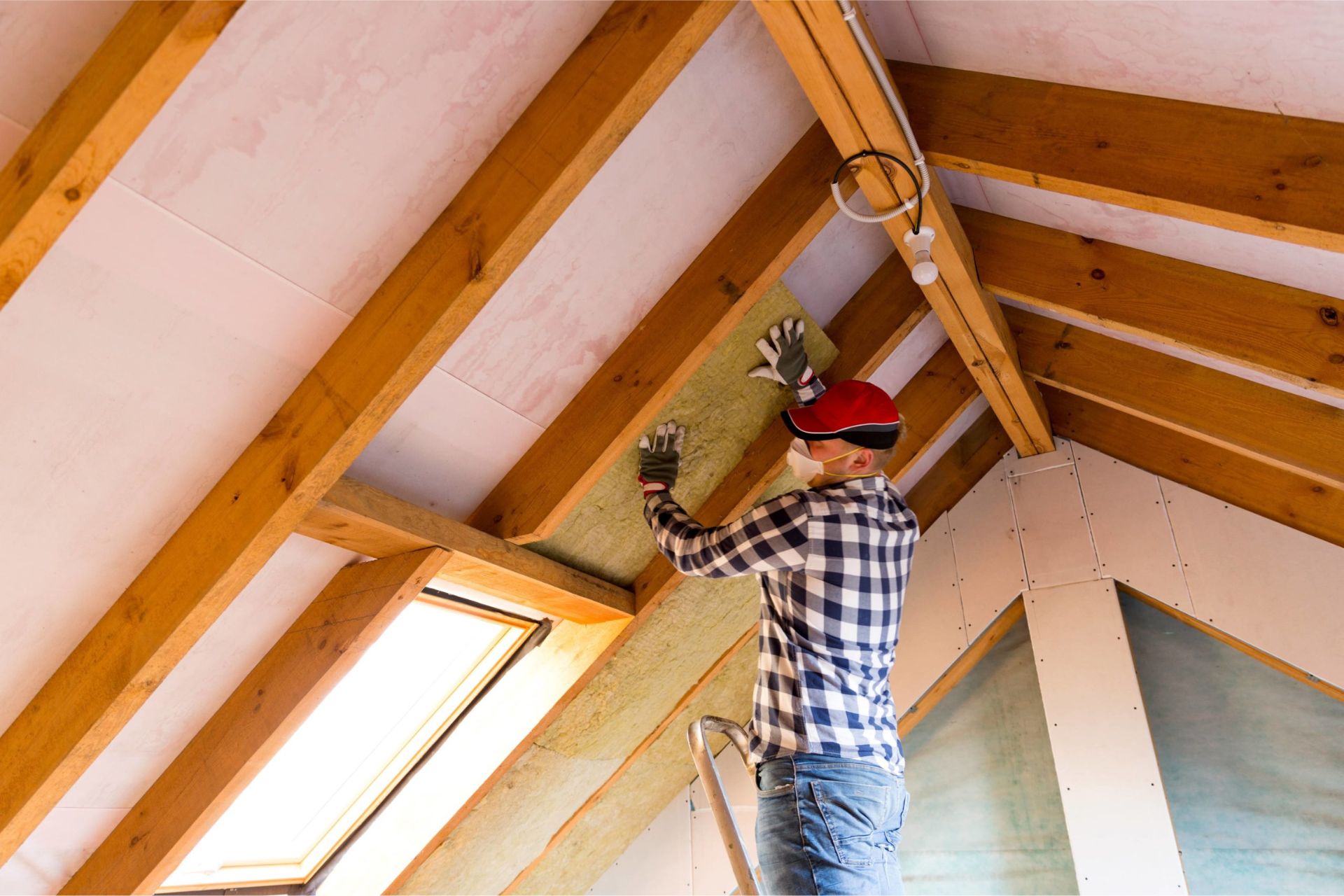
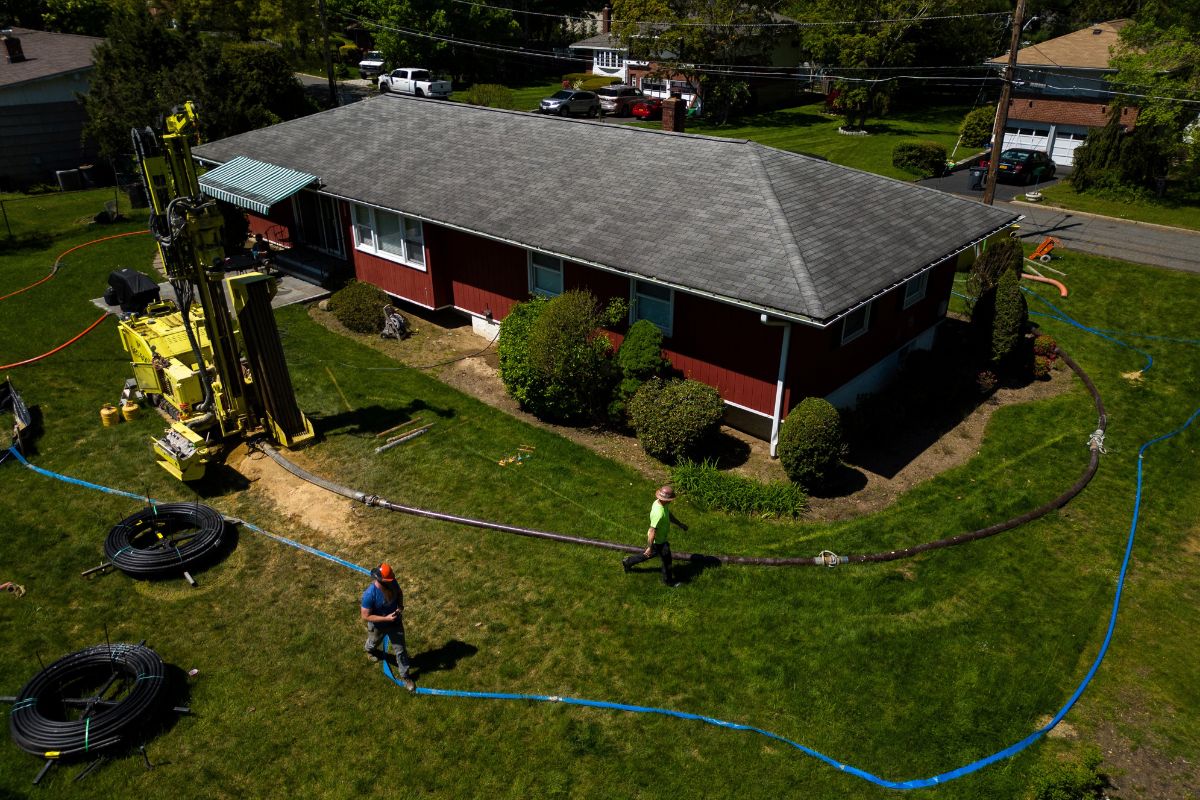
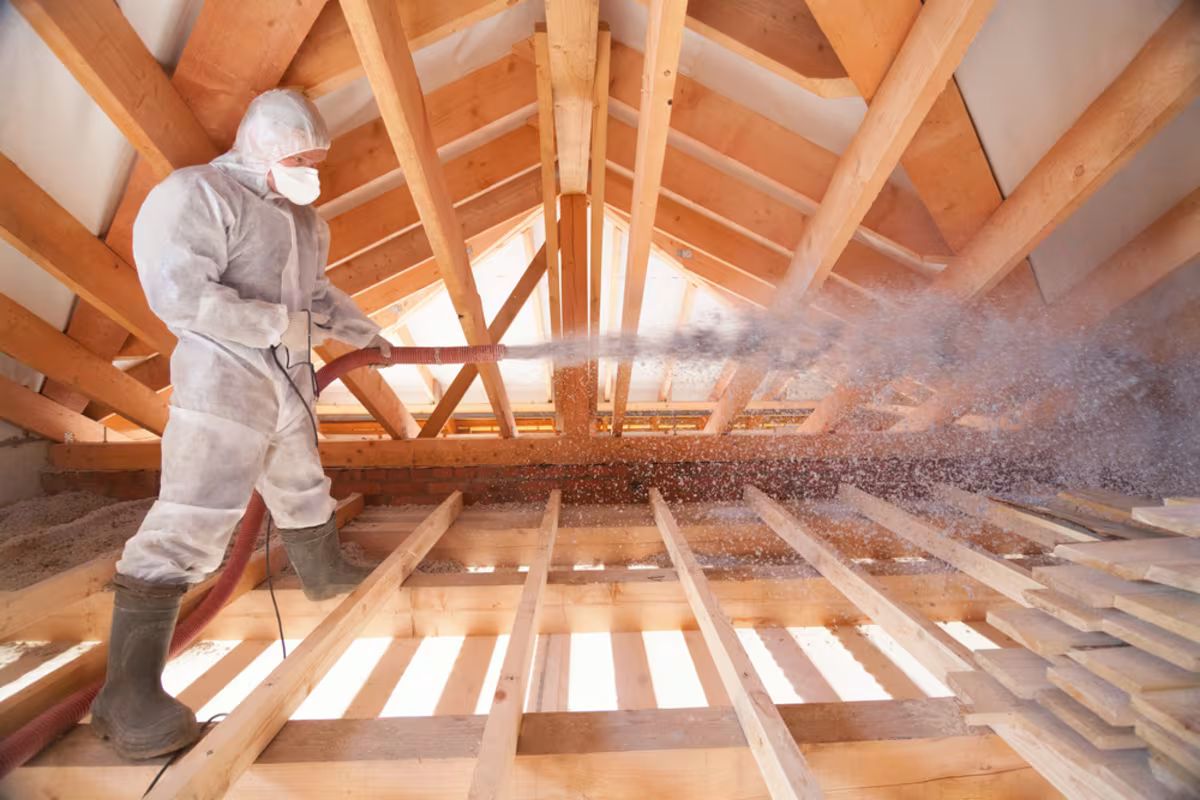

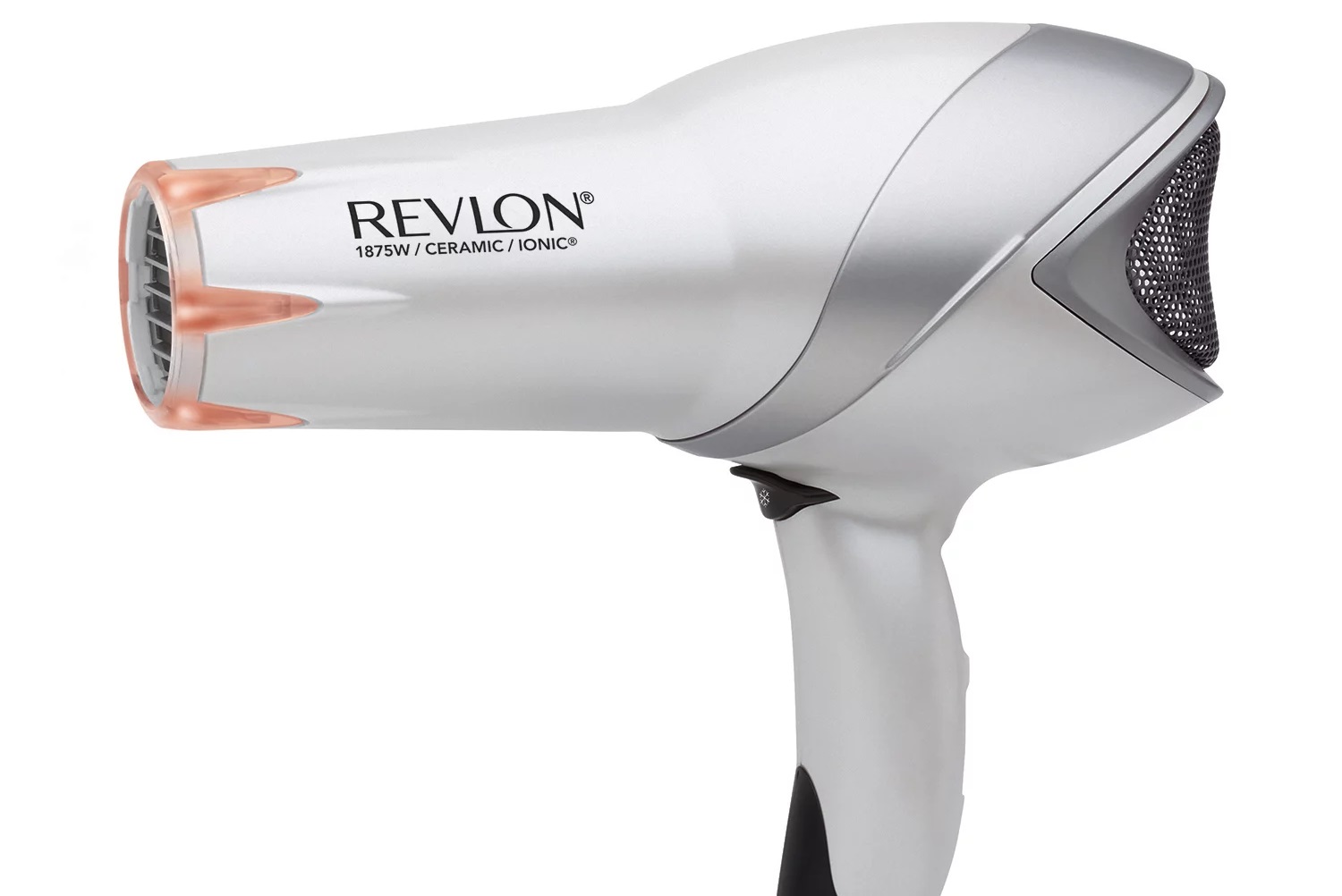
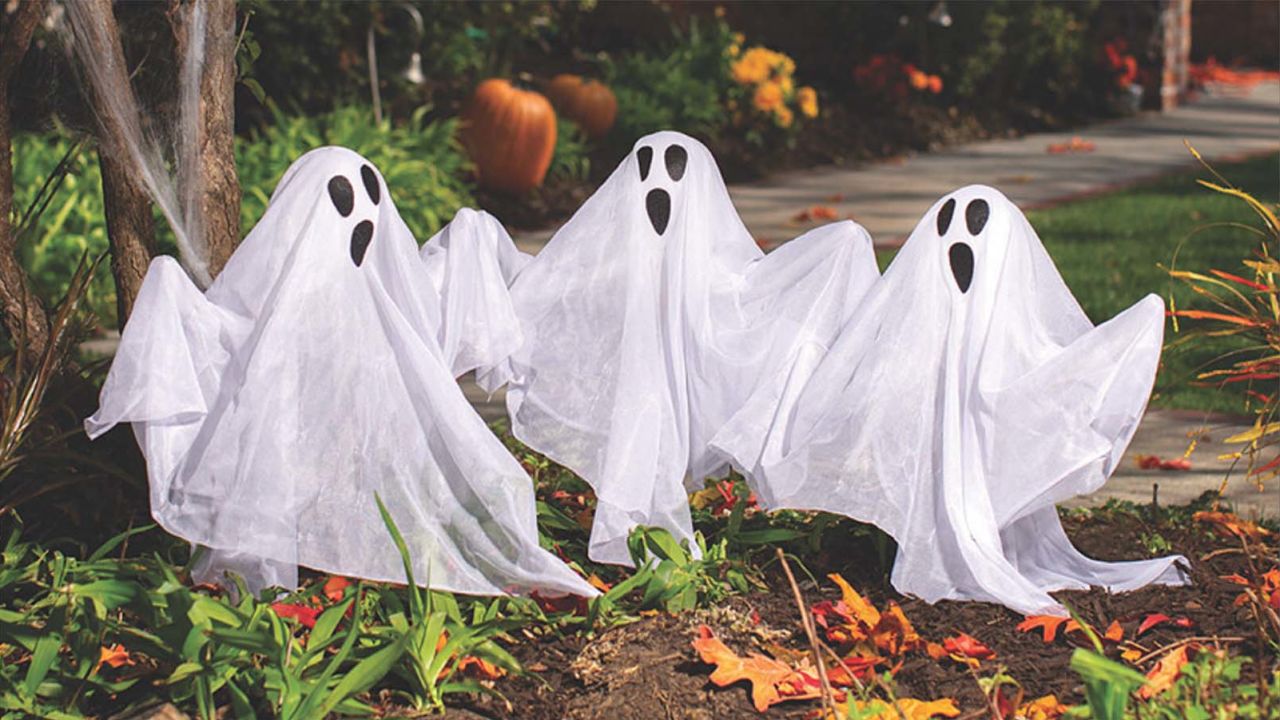
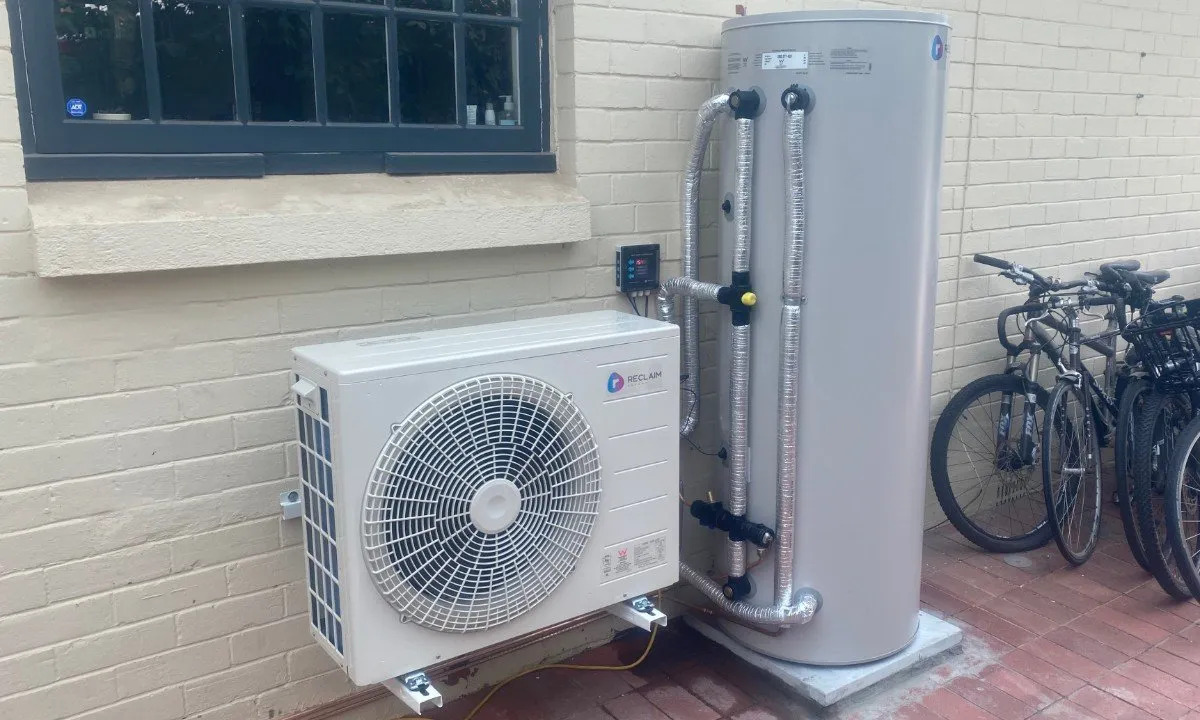

0 thoughts on “Ghost Heat Infrared Detection For Energy Savings”